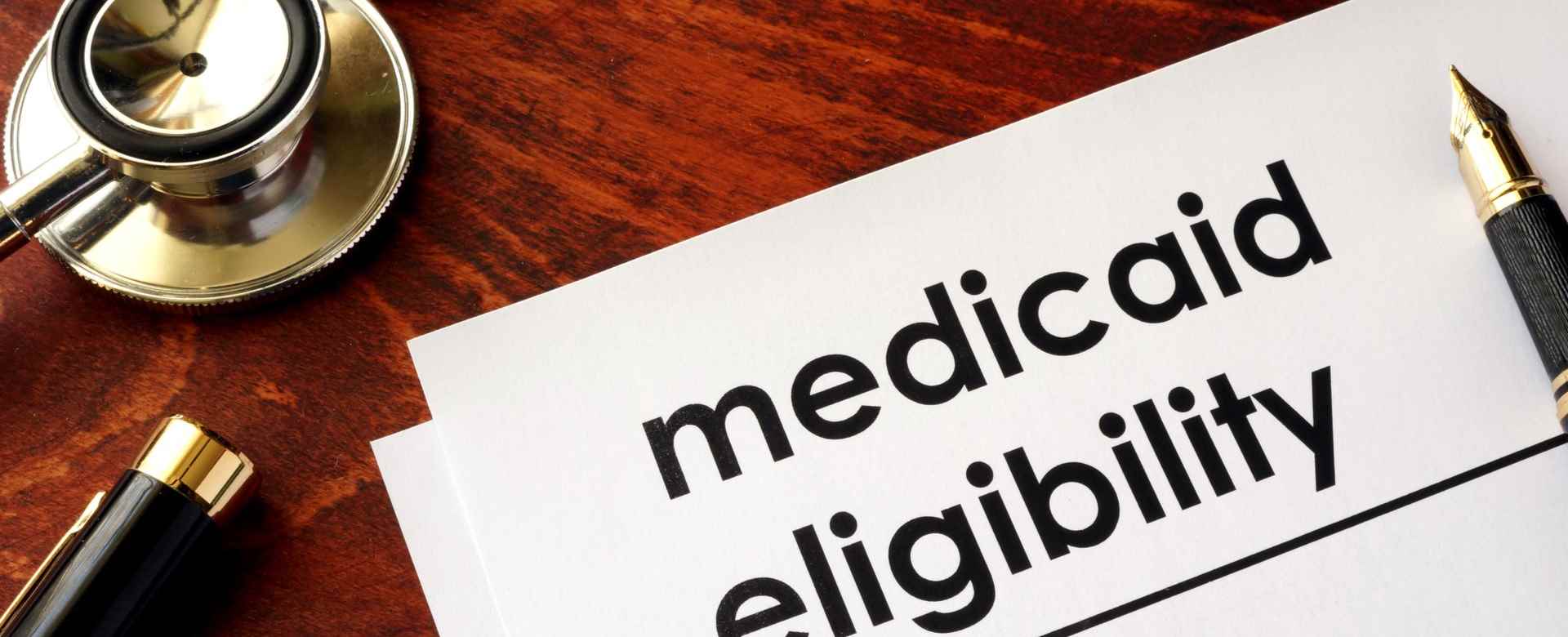According to the Commonwealth Fund, more than 50 percent of Americans receive health insurance through an employer, and approximately 25 percent have it through the government’s marketplace or Medicaid. Almost 45 percent of U.S. adults between the ages of 19 and 64 are inadequately insured–about the same number as in 2010, when the ACA was established.
A primary reason for that could be the high cost of most private insurance plans. The Kaiser Family Foundation’s 2019 Employer Health Benefits Survey notes that annual premiums for employer-sponsored family health coverage reached $20,576 last year, with workers paying an average of $6,015 toward the cost of it. The average annual deductible for that (single) coverage is $1,655.
As of November 2019, there were 64,498,259 individuals enrolled in Medicaid compared to approximately 50.9 million in 2009. In 2018, total Medicaid spending grew to $593 billion, of which 62.5 percent was paid by the federal government and 37.5 percent was funded by states.
In an effort to curtail the high costs of healthcare and make it more accessible to those who might not otherwise be able to afford it, some states or organizations within them are rolling out a variety of programs. A few are specifically targeted to address social determinants of health (SDOH). Some have already shown impressive results.
Healthy Michigan Plan
Through this program, Michigan “ensures beneficiary access to quality health care, encourages utilization of high-value services and promotes adoption of healthy behaviors” for those who meet the following requirements:
- Are age 19-64 years
- Have income at or below 133% of the federal poverty level* ($16,000 for a single person or $33,000 for a family of four)
- Do not qualify for or are not enrolled in Medicare
- Do not qualify for or are not enrolled in other Medicaid programs
- Are not pregnant at the time of application
- Are residents of the State of Michigan
The state began accepting applications for Healthy Michigan in 2014. It covers ambulatory, laboratory, rehabilitative, preventive and emergency services, hospitalization, maternity care, substance abuse and mental and behavioral health treatment, prescription drugs and chronic disease management. One of the program’s key goals is to encourage enrollees to participate in preventive care programs. It encompasses approximately 642,000 Michigan residents earning less than about $16,000 per individual per year or a total of $33,000 for a family of four.
Two new studies on the program found that the percentage of enrollees in the program who saw a primary care doctor in a given year doubled and almost 60 percent of participants lacked health insurance the previous year. Almost 90 percent of program entrants reported the coverage they received through it reduced their stress and worry.
Cultivating Health for Success (CHFS)
A national survey of Medicaid managed care organizations found that more than 90 percent of plans administer at least one program to address SDOH. One of the key factors that determines the health of a population is living in poor conditions.
UPMC Health Plan’s UPMC for You, an affiliate in its Insurance Services Division, offers its CHFS program to assist homeless adults - who are five times more likely to be hospitalized than the general population. Through the program, UPMC for You partners with community service organizations associated with the Pennsylvania Department of Housing and Urban Development in an effort to supply stable housing and care management to eligible residents of the state. Part of the care management component includes regular visits with a primary care physician and resources for preventive care.
In an interview with Managed Healthcare Executive magazine, UPMC Health plan noted it took approximately 10 months of “consecutive stable housing” to achieve benefits such as improved primary care trends and less use of emergency department services. CHFS program participants have saved about $6,000 per member annually on expenses.
Addiction and Recovery Treatment Services (ARTS)
According to the National Library of Medicine, misuse of prescription opioids and heroin affects more than 2 million Americans each year. In an aim to combat this problem, Virginia in 2017 implemented its Addiction and Recovery Treatment Services (ARTS) program, the purpose of which is to increase access for Medicaid enrollees to treatment. Here are a few of the results from the first year of the program:
- Nearly 25,000 Medicaid members used addiction-related treatment services, a 57 percent increase from the year before.
- Treatment rates for members with substance use disorders increased by 64 percent.
- Nearly two-thirds (63 percent) of Medicaid members who received buprenorphine pharmacotherapy received outpatient counseling or psychotherapy.
- The number of emergency department visits related to substance use disorders decreased by 14 percent during the first 10 months, with an even larger decrease (25 percent) for visits related to opioid use disorders.
- The total number of prescriptions for opioid pain medications among Medicaid members decreased by 27 percent.
Subscribe to our blog to learn more about issues affecting the healthcare industry.
Sign up for Updates:
Privacy Details
By submitting this form, you are consenting to receive marketing emails from: Advanced Medical Reviews, LLC. You can revoke your consent to receive emails at any time by using the Unsubscribe link, found at the bottom of every email.
